Photograph by Joseph Pascual.
Performing gives these Lolas the tenacity to keep on going and a taste of acceptance.
You’d know right away where the Golden Gays live. After all, it’s hard to miss a rainbow.
After you navigate through a labyrinth of narrow alleys and walkways off Antipolo Street in Pasay, you will find yourself in front of a two-story structure. Its main doorway is adorned with glittering multicolored threads. It is a bright welcome for guests and an unmistakable marker of pride for those who live there.
Inside, there is more color to be seen: posters of shows, pictures of group members past and present, memorabilia through the years, and, of course, mounds and racks of shoes and clothes, the amount of which befit the performers that the inhabitants are. Within the space’s four walls, there is the warmth, joy, and dignity of the Lolas (the Filipino word for “grandmother” endearingly attributed to each of the Golden Gays), so elegantly captured by photographer Hannah Reyes Morales’ visual story, which won the 2023 World Press Photo Contest for Southeast Asia and Oceania.
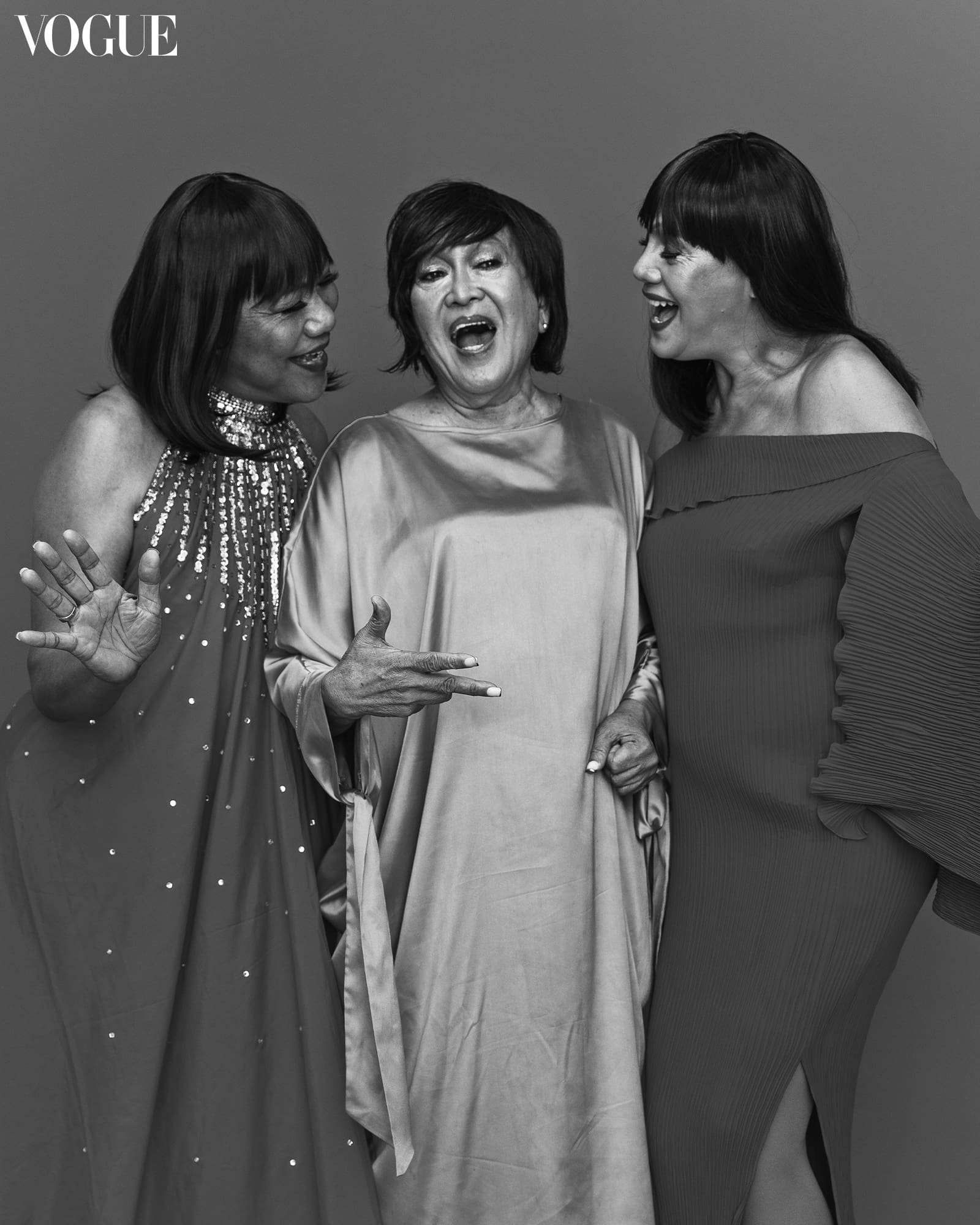
“The queering of the home is important, the expansiveness of the idea of home, the expansiveness and the queering of family. It’s important to show and to demonstrate what that looks like and how people actually do it,” Morales tells Audrey Carpio in an interview about her win and her thoughts on the group. “To see what aging with grace, with community, with love and beauty could look like and to see that embodied through the lens of the Golden Gays was really quite transformative.”
The Lolas are both proud of their age and the hardships that they have overcome to do what they love—between being evicted from their first group home to the harsh lockdowns and restrictions connected to seniors during the COVID pandemic. They are quick to share their signature acts and artists, recounting the stories connected to the framed moments that abound in their space; a testament to their unwavering passion for their craft.
“Masaya kasi napapagbigyan pa namin yung love and passion namin sa pagpe-perform,” says Lola Elizabeth, 68, who has impersonated everyone from Shirley Bassey to Gloria Gaynor to Donna Summer. “Kahit matatanda na kami, talagang tuwang tuwa kami.” (“We’re happy that we are still able to indulge in our love and passion for performing. Even if we’re old, we’re still very happy.”)
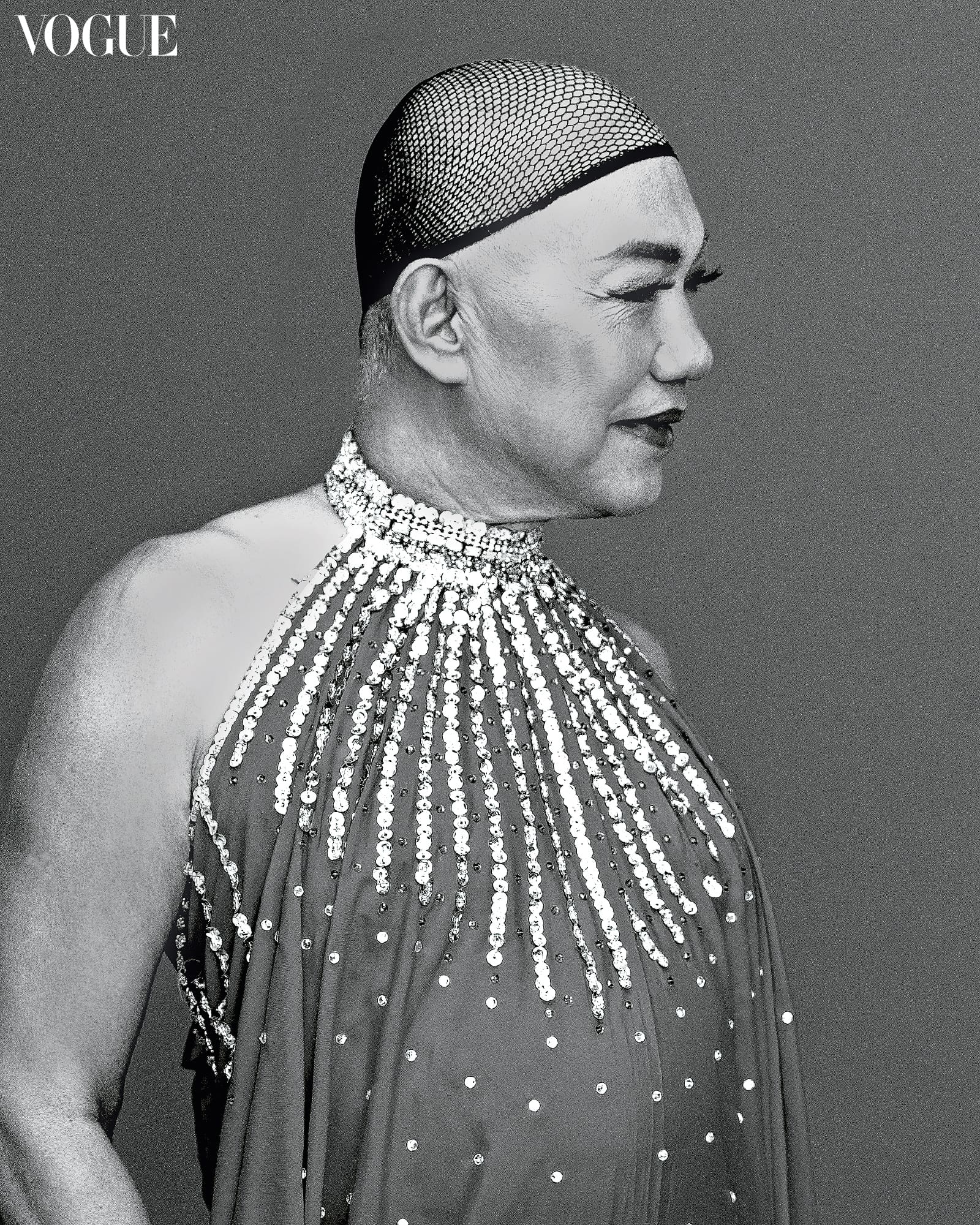
The Home for the Golden Gays was launched in 1975 in Pasay by the late politician and columnist Justo Justo (“JJ” to those close to him) as a care facility for elderly and homeless LGBTQIA. They lived in a house that JJ, a former Councilor and Barangay Captain, provided for them. Today, the group is led by his friend Ramon Busa (or Lola Mon), 73, who came back from a decades-long stint as an overseas Filipino worker in Dubai and in Saudi Arabia.
According to Busa, by the late ’90s, its members started performing while helping train Japan-bound performers of his friend’s promotions company. “Nakikita nung mga babae kung paano sumayaw yung mga Lolas, ginagaya niya. ‘Ito yung gagawin niyo pagpupunta kayo sa Japan para mag-perform. Nung nagsara ang Japan, nag-stop ang promotions, walang talent na maipadala. Sabi ko, promote natin maigi dito sa Pilipinas.” (“The women would see how the Lolas would perform, so they’ll copy them. ‘This is how you should perform when you get to Japan. When Japan closed its borders to Filipino performers, I said that we should promote instead within the Philippines.”)
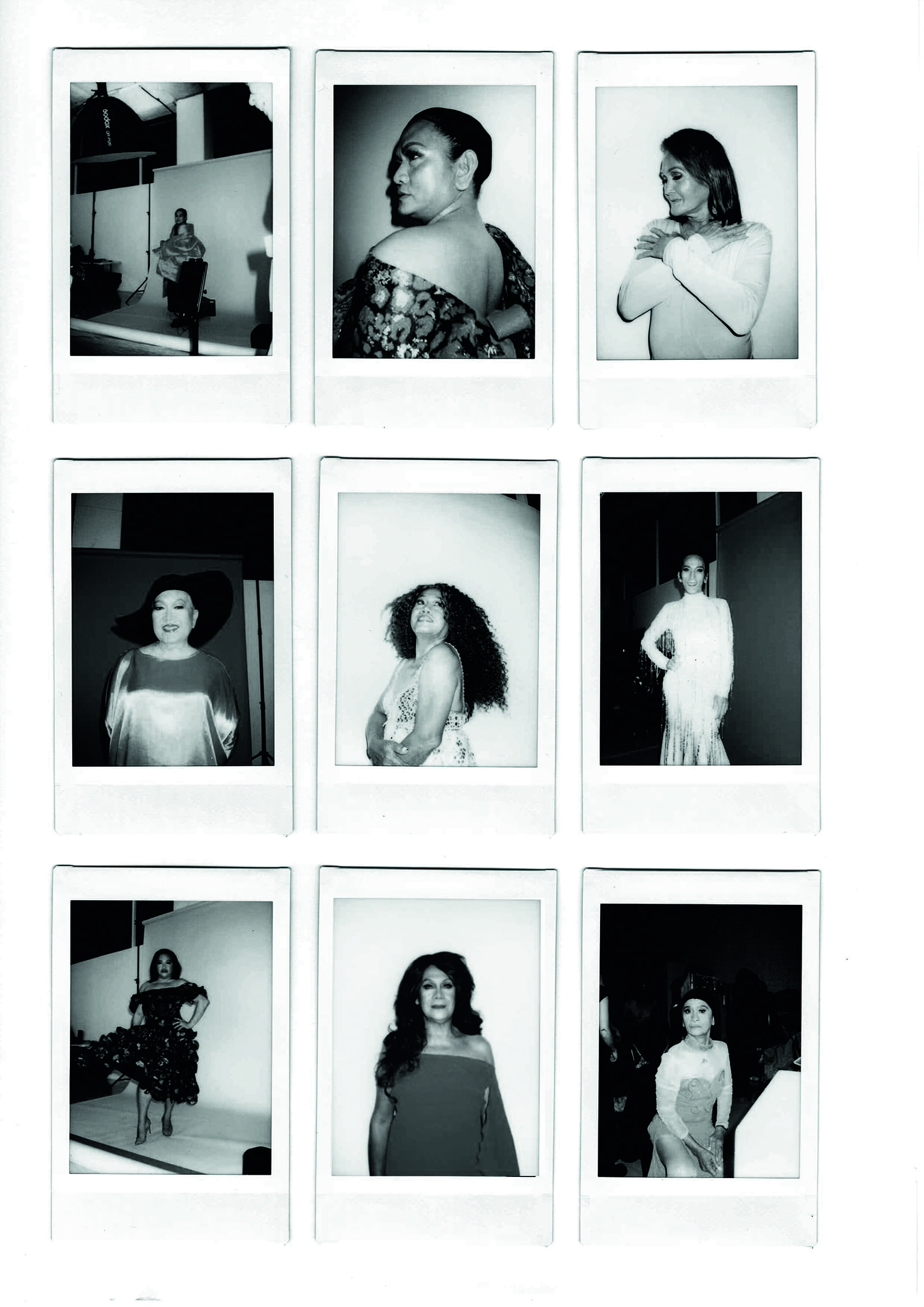
The Golden Gays would then perform in fiestas, pageants, parties, and events, doing everything from singing and dancing to lip-synching, comedy, and impersonations. As their popularity grew, so did those who are willing to help and those who want to be counted among their numbers. They currently have 19 active members, including a handful of “Silver Gays,” or Lolas aged 50 and below.
One of their most recognized members was Walter Dempsey Jr., or Walterina Markova, who, until his death in 2005, was the last surviving Japanese occupation “comfort gay.” His life was depicted in a 2000 Gil Portes film that starred the late Dolphy Quizon along with his sons Eric and Epi.
These performances continued until JJ passed away in 2012. A day after the founder’s death, Busa says they were kicked out by of the home by Justo’s family. After moving from one place to another—either because of space constraints or a fire—they finally settled on their up-and-down unit in Antipolo Street. There, around nine of the Lolas go in and out, with a few others living in a different, smaller unit on a nearby street.
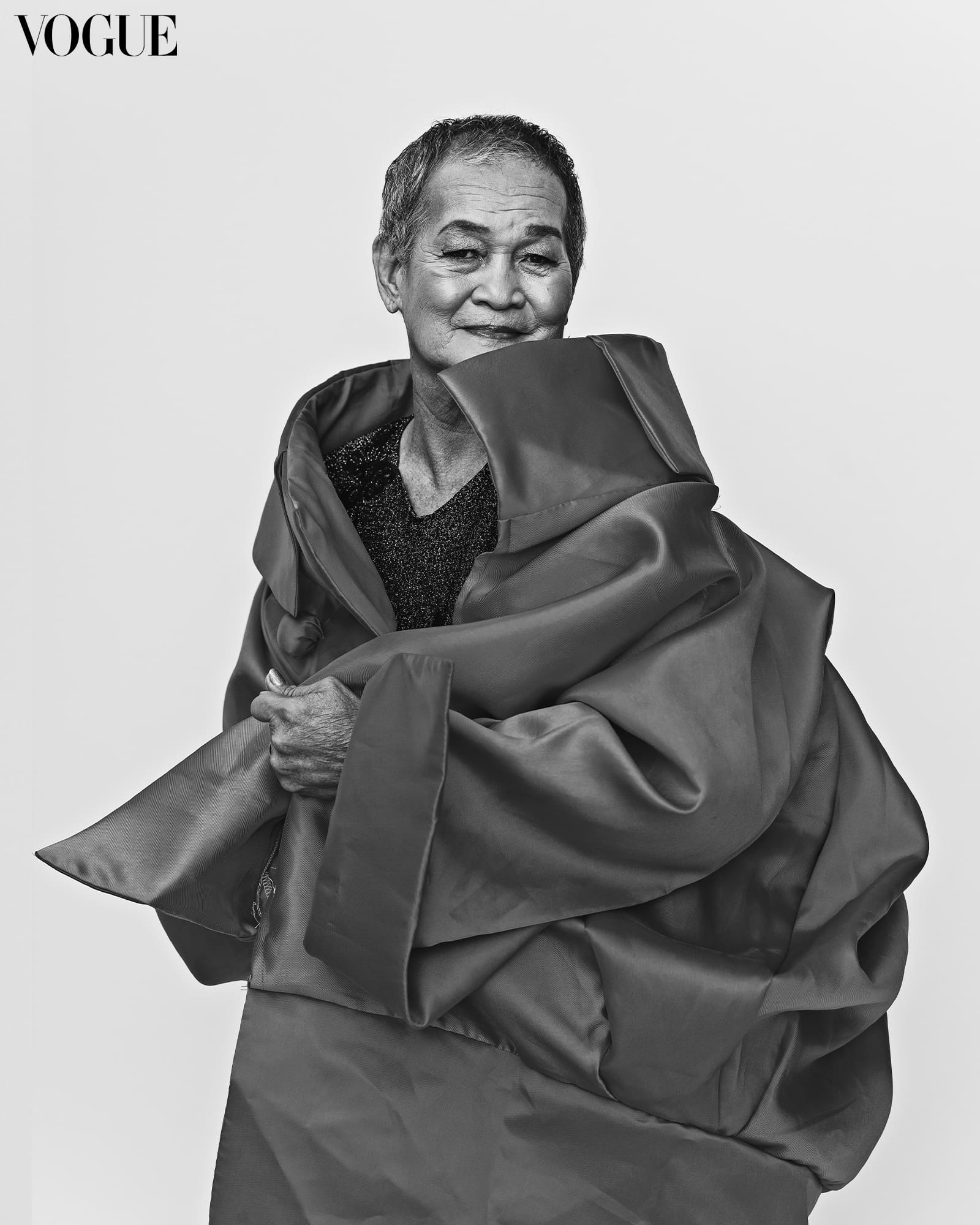

Helping hands
Then COVID happened. Being particularly vulnerable to the virus because of their age, they had no choice but to stay at home.
“Napakahirap kasi wala nga kaming pagkakakitaan, kabuhayan… kaya minabuti kong tawagan yung aking mga LGBT friends, sinabi ko nga na tulungan ang mga Lolas,” Busa recounts. “Overwhelming talaga. Maraming dumadating na tulong. Hindi kami sumala ng pagkain. Even matapos yung first part ng pandemic. Religiously, pinapadalhan kami ng tulong, ayuda para malampasan namin yung pagsubok na ito.” (“It was so hard because we had no way to earn a living… that’s why I thought it best to call our LGBT friends and ask them to help the Lolas. It was overwhelming. A lot of people helped. We didn’t go hungry even as the first part of the pandemic ended. We were sent aid and relief goods religiously so that we can surpass this challenge.”)
Among those who have been helping is Ang Ladlad, a 20-year-old party list that represents the Filipino queer community. Its founder and President Emeritus Danton Remoto admits to being struck by the Golden Gays’ “energy and spirit even amidst their difficult economic conditions. They have a never-say-die spirit even if they have been abandoned by people they had sent to school, or cared for.”
The Lolas have similar stories, and, as Remoto says, the group partly speaks of the Filipino queer experiences since the community cares for other people without conditions. “Some of them are professionals, with work that sent relatives to school and put food on the table,” he explains. “But later on they were abandoned when they were no longer economically useful.
Both Morales and Remoto point out lessons to learn from the Golden Gays’ lives. “For me, what was so special about the [story] was that the Lolas have so much to teach us, and so much to give,” the photographer says.
“We should be grateful for those who have cared for us,” Remoto, who is also a writer, professor, essayist, and reporter, adds. “And for the gay men, you should also set aside money for your retirement. Do not give everything—money, time—to the ones you love.”
He adds that the Lolas need forms of regular livelihood and also access to medical help. “We can honor them by continuing to love other people but also setting aside something for us when we have grown old,” says Remoto.
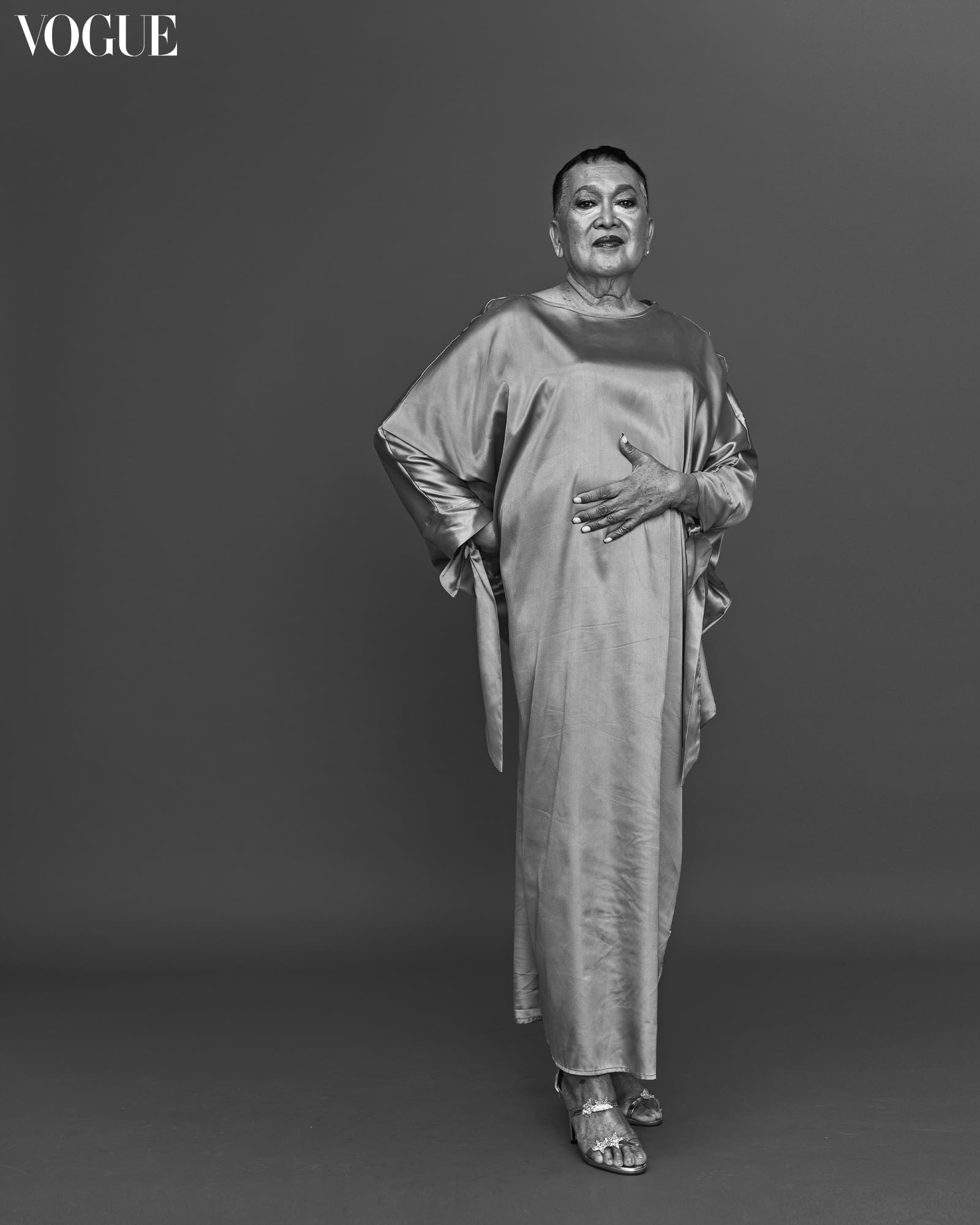
Beauty in power
For each of the Lolas, performing represents a different perspective, a different story, but the same kind of joy.
Busa, who would sing Julio Iglesias’ “Amor, Amor, Amor,” Sergio Mendes’ “Bridges,” or OPM love songs by Marco Sison and Dulce to Filipino communities in the Middle East, first saw it as a means to combat the loneliness he would sometimes feel in the years he spent alone. “Noon talaga, pagnagpe-perform ako masaya ako. Nae-energize yung system. May mga pagkakataon kasi sa abroad na nagiging homesick ka eh. Dumadating yun sa buhay mo paminsan-minsan.” (“Performing really made me happy. It energized my system. There were times when I was abroad when I felt homesick. It happens from time to time.”)
For 62-year-old Lola Amparo, performing is about connecting to a longtime inspiration. Her gateway to performing was as a 15-year-old watching The Paper Dolls, who pioneered female
impersonation and drag performances in the Philippines back in the 1970s. The group included the late beauty maven Fanny Serrano and hairstylist Henri Calayag. But Lola Amparo particularly idolized Liza Minnelli, who was impersonated by Mari Boquer.
“The original talaga, mga drag performers nung araw, the great Paper Dolls. Sila talaga nagpasimula niyan. Kaya lang, magkaiba yung panahon noon, sa panahon nila ngayon. Yung mga drag ngayon, pagnag-perform sila binubuhos nila ng husto,” Lola Amparo says, “and the way they dance, some of them talaga very good dancers. Sumi-split pa, tuma-tumbling pa sa ere. Yung iba singer pa. Very talented.” (“The original drag performers back in the day were the great Paper Dolls. They started that. But things back then and things are now are different. Drag today, they give it all they’ve got. Some of them are very good dancers, they do splits, tumble in the air. Others sing. Very talented.”)
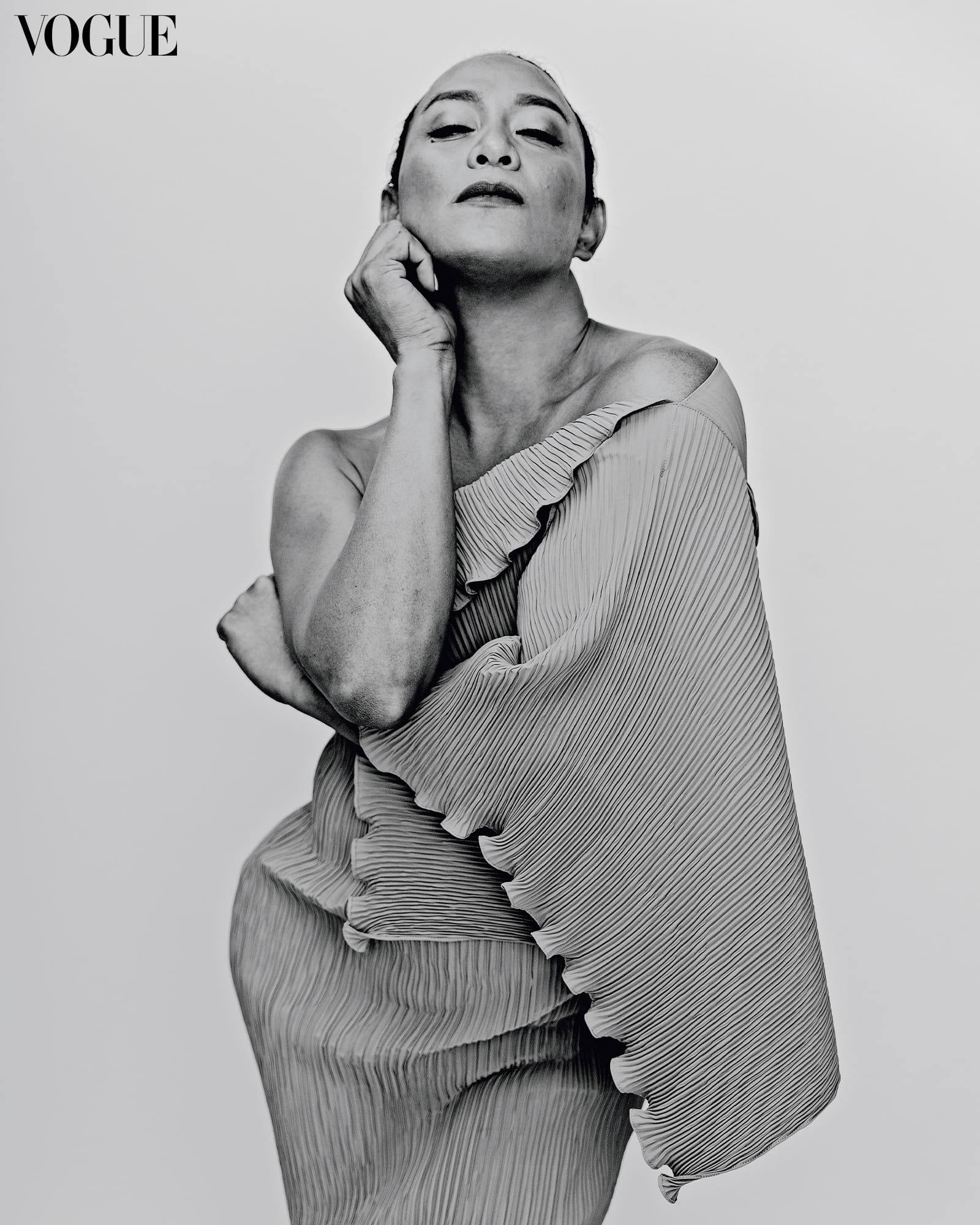
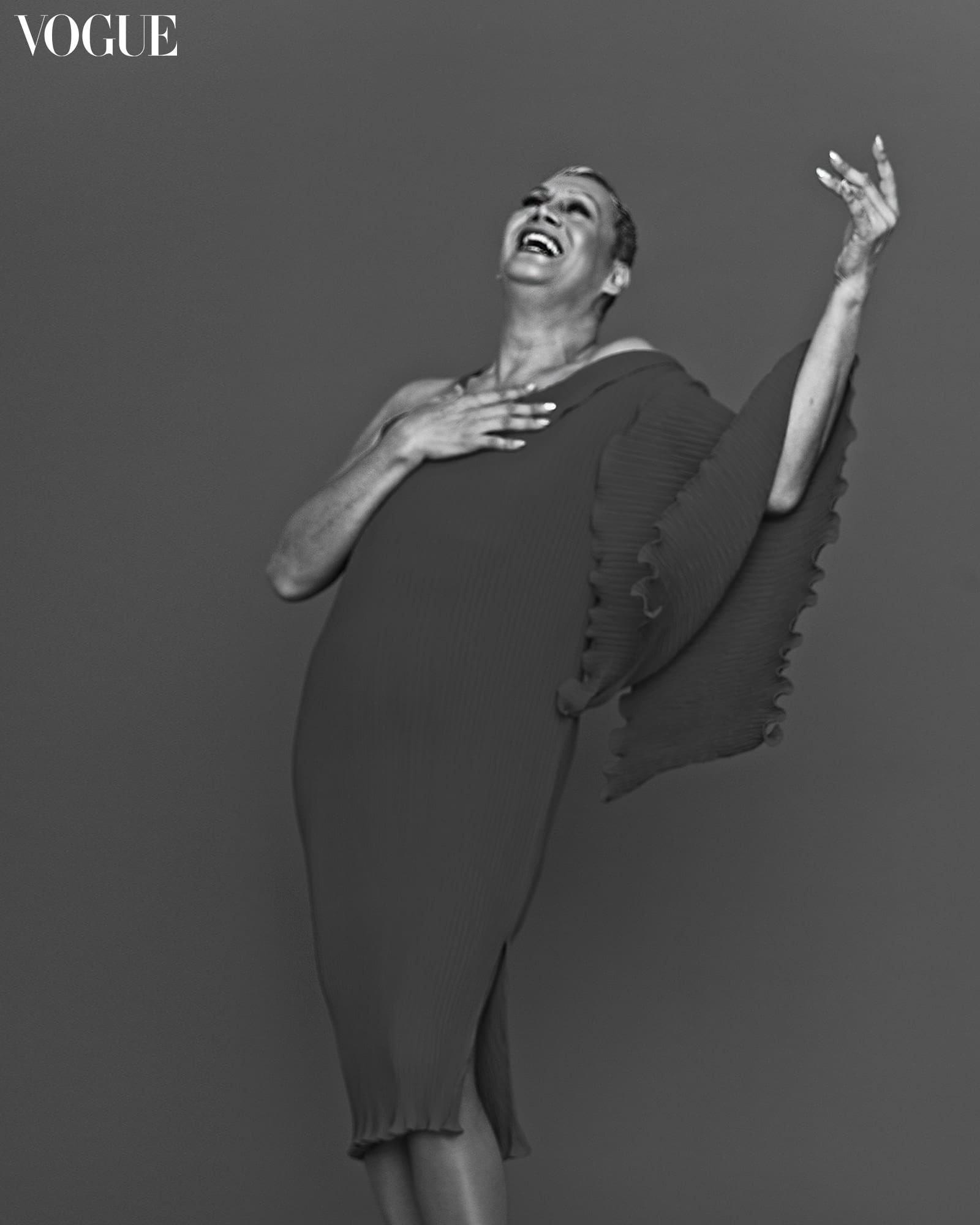
And for most of the Lolas, performing gives a rush, an intoxicating jolt that makes them forget the harshness of their experiences. “Yung mga discriminatory remarks noon na narinig na namin, hindi na namin binibigyan ng halaga yun. Katwiran namin nage-enjoy kami sa ginagawa namin. Nage-enjoy yung ibang tao na makinig sa amin at panoorin kami habang nagpe-perform.” (“The discriminatory remarks we’ve heard before, we don’t care about anymore. As long as we enjoy what we’re doing and the audience enjoys watching us.”)
Lola Elizabeth adds: “Nararamdaman ko na magandang–maganda ako, yung nga, pag nasa performance. Pagnag-perform ako, in-accept nila ako, pinalakpakan nila ako, that’s it. Ay talagang maganda ako.” (“I feel that I’m beautiful when I perform. When I perform, they accept me, they clap for me. That’s it. Oh, I’m really beautiful.”)
Sometimes it is as simple as that. Others might criticize this perspective as romanticization and emphasize the fact that you can’t just put lipstick and high heels on social issues and call it a day.
But invalidating anyone of the happiness that they feel also goes against the queer narrative. Like the family you choose, the passions you nurture and celebrate, and the right to live your true, colorful self, these are not up for debate. No one should take that away from you.
Photographs by Joseph Pascual and Gabbi Constantino. Beauty Editor :Joyce Oreña. Stylist: Patrick Galang. Makeup: Gabbi Pascua, Ann Parba of M.A.C Cosmetics, Karmela Jabla of M.A.C Cosmetics, Patricia Acejo of M.A.C Cosmetics, Twinkle Bernardo of M.A.C Cosmetics. Hair: Cloe Javier, Eric Maningat, George Marquez, Jayson Santos, MJ Perez, Renzzy Coral. Models: Lola Amparo, Lola Cherry Pie, Lola Elizabeth, Lola Khulit, Lola Monique. Nails: Extraordinail. Art Director: Jann Pascua. Multimedia Artist: Gabbi Constantino. Producer: Bianca Zaragoza, Anz Hizon. Production Assistants: Patricia Co, Zofia Agama. Photographer’s Assistant: Joey Alvero. Stylist’s Assistant: Aleq Africa. Interns: Mary Catherine Espejo, Sophia Lanawan.
